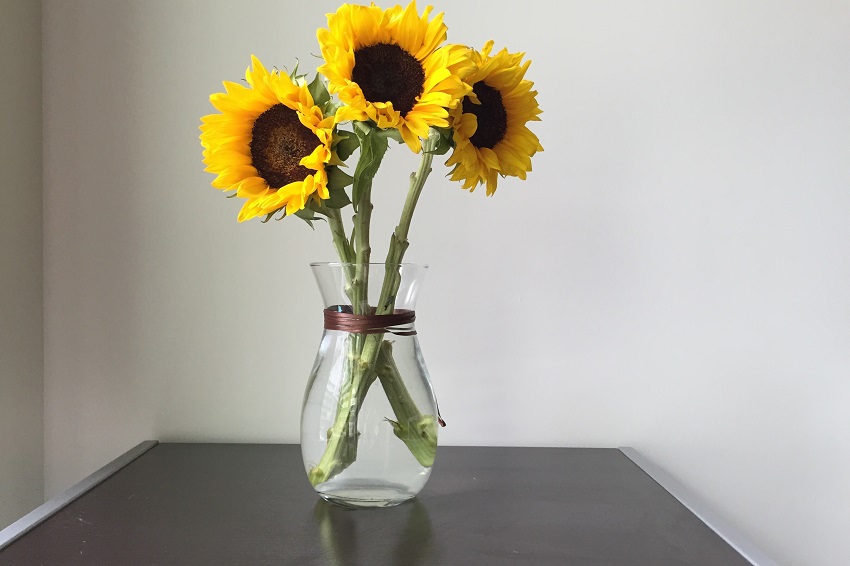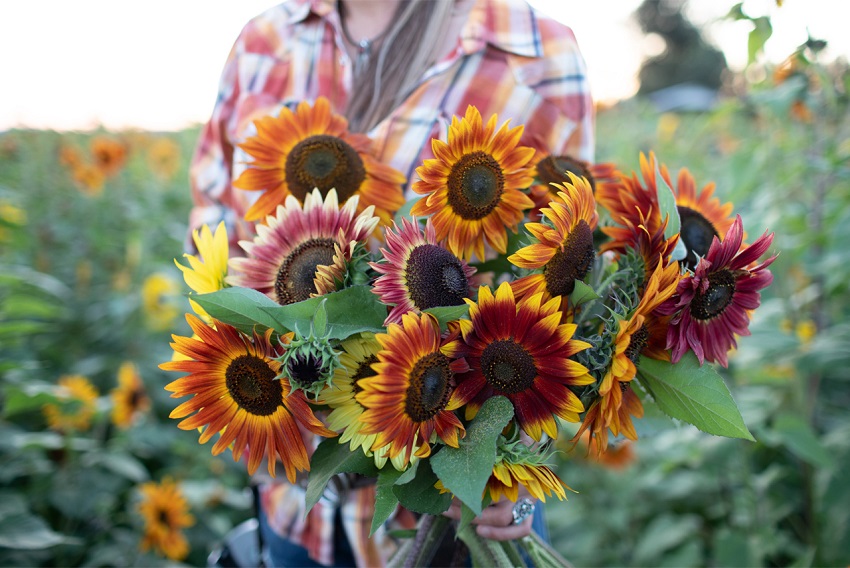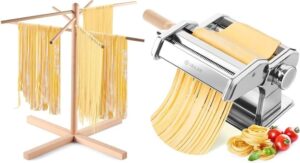How do you cut sunflowers so they keep growing?

Sunflowers are magnificent and vibrant flowers that bring joy and beauty to any garden or floral arrangement. Known for their large yellow petals and towering heights, sunflowers are a favorite among gardeners and flower enthusiasts. If you’ve ever wondered how to cut sunflowers without hindering their growth and prolong their beauty, you’ve come to the right place. In this article, we will explore the best practices for cutting sunflowers to ensure they continue to thrive and enhance your surroundings. So, let’s delve into the fascinating world of sunflowers and discover the secrets to keeping them flourishing!
The Sunflower’s Lifecycle
Before we dive into the specifics of cutting sunflowers, it’s essential to understand the lifecycle of these magnificent plants. Sunflowers go through various stages, from seed germination to flowering and seed production. If you’re interested in discovering how to cut sunflowers and make the most of their beauty, here’s a closer look at their lifecycle. By grasping their growth process, we can optimize our approach to cutting and maintaining sunflowers.
- Seed Germination: The journey of a sunflower begins with a tiny seed. Planted in fertile soil, the seed absorbs water and nutrients, initiating germination. Within a few days, a small sprout emerges, ready to embark on its upward growth.
- Vegetative Stage: During this phase, the sunflower develops leaves, stems, and a robust root system. It focuses on strengthening its foundation to support the growth of the towering flowerhead.
- Bud Formation: As the sunflower continues to grow, buds appear, signaling the imminent arrival of the flowerhead. These tightly closed buds protect the delicate petals within, preparing to unfurl into a breathtaking display.
- Flowering Stage: The pinnacle of a sunflower’s beauty is reached during the flowering stage. The bud opens gradually, revealing a vibrant yellow center, surrounded by delicate petals. This stage is a visual spectacle that captivates both humans and pollinators alike.
- Seed Production: Once the sunflower has completed its flowering stage, it transitions into the seed production phase. The flowerhead gradually wilts and dries, while the center disk turns from yellow to brown. The seeds mature and await harvest for various purposes, such as consumption or planting for future blooms.
Now that we have a better understanding of the sunflower’s lifecycle, let’s explore the best practices for cutting these remarkable flowers while ensuring their continuous growth and vitality.
When to Cut Sunflowers
Timing plays a crucial role when it comes to cutting sunflowers. It’s essential to choose the right moment to ensure the flower has reached its peak beauty and the seeds are mature for harvesting. Here are some guidelines to help you determine when to cut your sunflowers:
1. Observe the Flowerhead
Take a close look at the sunflower’s flowerhead before making any cuts. Ensure that the petals have fully opened and are facing upward, displaying their vibrant color. This indicates that the flower has reached its prime and is ready for harvesting.
2. Check the Back of the Flowerhead
Gently touch the back of the sunflower’s flowerhead. If you feel the seeds are firm and plump, it’s a sign that they are mature and ready for harvesting. Conversely, if the seeds are soft or still developing, it’s best to allow the flower to continue its growth before cutting.
3. Consider Pollinators and Wildlife
Sunflowers are beloved by pollinators, such as bees and butterflies, as well as birds and other wildlife. To support the ecosystem, it’s advisable to leave a few sunflowers intact, even after cutting some for display or seed collection. This way, pollinators can continue to benefit from the nectar and seeds, and you can enjoy the beauty of both the living and cut sunflowers.
By paying attention to these factors, you can determine the perfect time to cut your sunflowers and ensure their longevity and growth even after being removed from the plant.
Proper Techniques for Cutting Sunflowers
Now that we know when to cut sunflowers, let’s focus on the techniques that will promote their growth and ensure their lasting beauty. Follow these steps to master the art of cutting sunflowers:
1. Choose the Right Tools
To make clean and precise cuts, it’s essential to use sharp and clean tools. A pair of sharp gardening shears or pruners will enable you to make smooth cuts without damaging the plant or flower stalk.
2. Cut in the Morning
The morning hours are the ideal time to cut sunflowers. During this time, the plants are well-hydrated, and the flower stalks are sturdy. Choose a sunny morning with minimal wind to ensure optimal conditions for cutting.
3. Select the Appropriate Stem Length
Consider the purpose of cutting the sunflowers. If you’re creating a floral arrangement, select stems that are long enough to fit comfortably in the vase or container. Aim for a length of at least 12 to 18 inches, depending on your preference.
4. Locate the Right Cutting Point
Identify the point on the stem where the flower is connected. Place your cutting tool just above this junction and make a clean cut at a slight angle. This technique allows the sunflower to absorb water efficiently, promoting its longevity.
5. Place Sunflowers in Water Immediately
After cutting, place the sunflowers in a container filled with fresh water. Ensure that no leaves or flowers are submerged, as this can lead to rotting. Placing them in water as soon as possible helps the sunflowers retain moisture and stay vibrant for an extended period.
Caring for Cut Sunflowers
To maximize the lifespan of cut sunflowers, proper care is crucial. Follow these care tips to ensure your sunflowers remain fresh and vibrant:
1. Change the Water Regularly
Every two days, replace the water in the vase to prevent bacterial growth and maintain freshness. Before refilling, rinse the container thoroughly to remove any residue or impurities.
2. Trim the Stems
Every time you change the water, trim a small portion from the bottom of the sunflower stems. This step allows for better water absorption and prevents the ends from becoming slimy or clogged.
3. Provide Adequate Nourishment
Adding a floral preservative or a homemade mixture of sugar and lemon juice to the water can help nourish the sunflowers and extend their vase life. Follow the instructions on the preservative package or mix one tablespoon of sugar and two tablespoons of lemon juice per quart of water.
4. Display Away from Direct Sunlight
While sunflowers thrive in sunlight, cut sunflowers benefit from being placed away from direct sunlight and heat sources. Choose a location where they can enjoy indirect light and a cooler environment.
By following these care instructions, your cut sunflowers will continue to bloom and bring beauty to your surroundings for an extended period.
Conclusion
Sunflowers are stunning in the garden and make delightful additions to floral arrangements and home decor. By mastering the art of cutting sunflowers, you can ensure their continued growth and enjoyment long after they are removed from the plant. Remember to observe the flowerhead, check the seed maturity, and consider the well-being of pollinators and wildlife before making your cuts.








